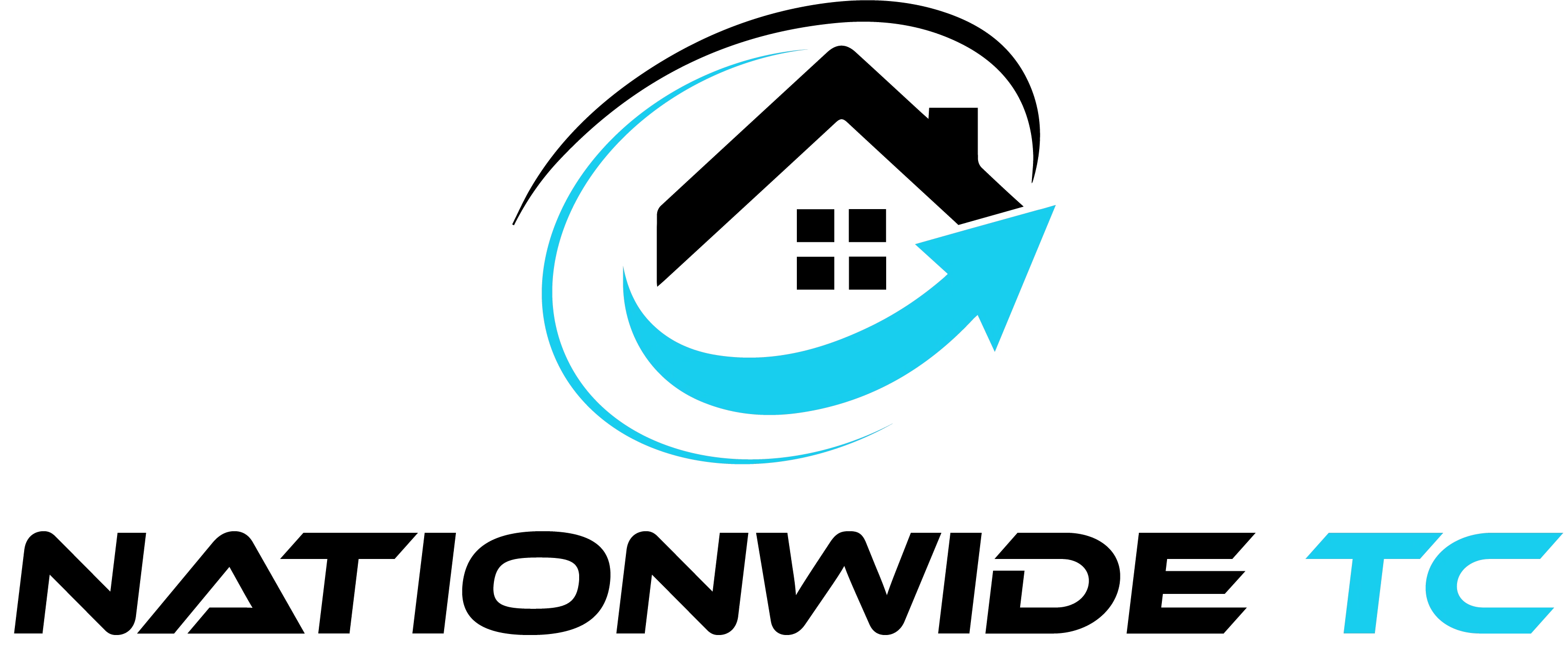No products in the cart.

How to Use Sub-to Financing in Creative Real Estate Investing
Creative real estate investing is an exciting way to approach property acquisition without relying on traditional financing. One of the most popular methods within this space is Subto financing, or “subject-to” financing. This strategy involves purchasing a property while leaving the existing mortgage in place. This blog will explore the basics of Subto, how it works, and how investors can utilize it in their strategies.
What is Subto Financing?
Subto financing, also called “subject-to” financing, is a creative way to acquire real estate. In this arrangement, the buyer acquires a property while leaving the existing mortgage in place. The seller transfers the deed of the property to the buyer, but the buyer does not assume the loan. Instead, they continue making the payments on the seller’s mortgage.
In this method, the buyer benefits by taking control of the property without the need to obtain new financing. It also allows the seller to relieve themselves of the financial burden of the property, especially if they are struggling with their mortgage.
The Basics of How Subto Financing Works
With Subto financing, the buyer essentially purchases the property “subject to” the existing loan. The buyer agrees to make the monthly payments on the existing mortgage, but the loan itself stays in the seller’s name. This is crucial because it allows the buyer to bypass the standard loan approval process, saving time and money.
When using Subto financing, there are several key points to remember:
- The seller still technically owns the property, but the buyer controls it.
- The buyer makes monthly payments to the lender.
- The lender does not need to approve the transaction, as the loan remains in the seller’s name.
- The buyer may be able to negotiate a lower purchase price due to the seller’s desire to unload the property.
This strategy can be advantageous for both parties, depending on their situation.
Key Advantages of Subto Financing
Subto financing offers several benefits, both for the buyer and the seller. Understanding these advantages can help investors determine if this strategy is right for them.
For Buyers:
- No Need for New Financing: With Subto, the buyer does not have to go through the lengthy process of applying for a new mortgage. This can be particularly beneficial for buyers who may not qualify for traditional loans.
- Faster Closings: Since the buyer doesn’t need to secure a new loan, the closing process is much faster.
- Equity Buildup: By making monthly mortgage payments, the buyer builds equity over time.
- Potentially Lower Costs: If the seller is motivated to move quickly, the buyer may be able to purchase the property below market value.
For Sellers:
- Relieve Financial Stress: Sellers who are struggling with their mortgage payments may find Subto financing appealing as it allows them to walk away from their financial burden.
- Avoid Foreclosure: If a seller is facing foreclosure, Subto financing can provide a way to avoid this outcome by transferring the property to the buyer.
- Quick Sale: Because the buyer is assuming responsibility for the existing mortgage, the sale can close much faster than with traditional methods.
Potential Risks of Subto Financing
Like any real estate strategy, Subto financing comes with its risks. Understanding these risks is critical before using this approach.
For Buyers:
- Due-on-Sale Clause: Many mortgages contain a due-on-sale clause, which allows the lender to call the full loan balance due if the property is transferred. This could pose a risk if the lender enforces the clause.
- Seller’s Default: Even though the buyer is making payments, the seller is still the person on the hook for the mortgage. If the seller fails to make payments, the lender could foreclose on the property.
- Unexpected Costs: The buyer may encounter hidden costs related to the property, such as repairs or back taxes. It’s important to conduct thorough due diligence.
For Sellers:
- Continued Liability: While the buyer makes payments on the mortgage, the seller may still be held liable if the buyer fails to make payments.
- Impact on Credit: If the buyer fails to make timely payments, the seller’s credit could be negatively affected, even though the seller is not responsible for making the payments.
Despite these risks, many real estate investors consider Subto financing a worthwhile strategy when approached carefully.
How to Structure a Subto Deal
To successfully structure a Subto deal, the investor and seller must agree on several key elements. Here’s a simple overview of how the deal is typically structured:
- Agreement on Price: The buyer and seller must agree on the price of the property. In many cases, the buyer may be able to negotiate a lower price due to the seller’s motivation.
- Deed Transfer: The seller transfers the deed to the buyer. This gives the buyer control of the property, even though the mortgage remains in the seller’s name.
- Mortgage Payments: The buyer begins making the mortgage payments directly to the lender. The seller may continue to receive statements, but they will not be responsible for making payments.
- Title Insurance: It’s important for the buyer to obtain title insurance to protect against any unforeseen issues with the property’s title.
While this process sounds simple, it requires proper legal documentation to ensure that both parties are protected.
How to Find Subto Deals
Finding Subto deals can be challenging, but there are several strategies that investors can use to uncover potential opportunities.
Direct Mail Campaigns:
Direct mail campaigns are a popular method for finding motivated sellers. Investors can send postcards or letters to homeowners who may be struggling with their mortgage payments. These sellers might be open to Subto deals as a way to relieve their financial burden.
Networking:
Networking with other real estate investors, agents, and professionals in the industry can help investors discover Subto opportunities. Word of mouth can be a powerful tool for finding deals.
Online Marketing:
Some investors use online platforms, such as social media or websites, to reach out to potential sellers. Online marketing can be a great way to attract sellers who are looking to sell their properties quickly.
Legal Considerations in Subto Financing
While Subto financing can be an effective strategy, it’s essential to consult with a legal professional to ensure the deal is structured correctly. The legal considerations include:
- Due-on-Sale Clause: Some lenders include a due-on-sale clause in their mortgages, which allows them to call the full loan balance due upon transfer. It’s crucial to understand this clause and how it may affect the deal.
- State Laws: Real estate laws vary from state to state, so it’s important to be familiar with local regulations when executing a Subto deal.
- Documentation: Proper documentation, such as a deed transfer, purchase agreement, and payment records, is essential to ensure that the deal is legally binding.
Having a legal professional review the transaction can help protect both the buyer and the seller.
Conclusion: Is Subto Financing Right for You?
Subto financing can be an excellent strategy for investors looking to acquire properties with little upfront cost. However, like any investment strategy, it comes with risks. Understanding the mechanics of Subto, as well as the potential legal and financial pitfalls, is critical before diving into this approach. If used correctly, Subto financing can provide a profitable opportunity for both buyers and sellers in the real estate market. Always ensure you’re doing the necessary research and consulting with professionals to navigate this complex strategy.
By leveraging the power of Subto, real estate investors can create win-win situations for themselves and sellers while minimizing their upfront costs. With the right knowledge and approach, Subto financing can be a valuable tool in your creative real estate investing arsenal.
Click Here to Learn More About Subject-To Creative Finance!
Click Here to Learn More About Our Subject-To Services!
Book a Free 15 Minute Call Today and Find Out More About Our Services!











